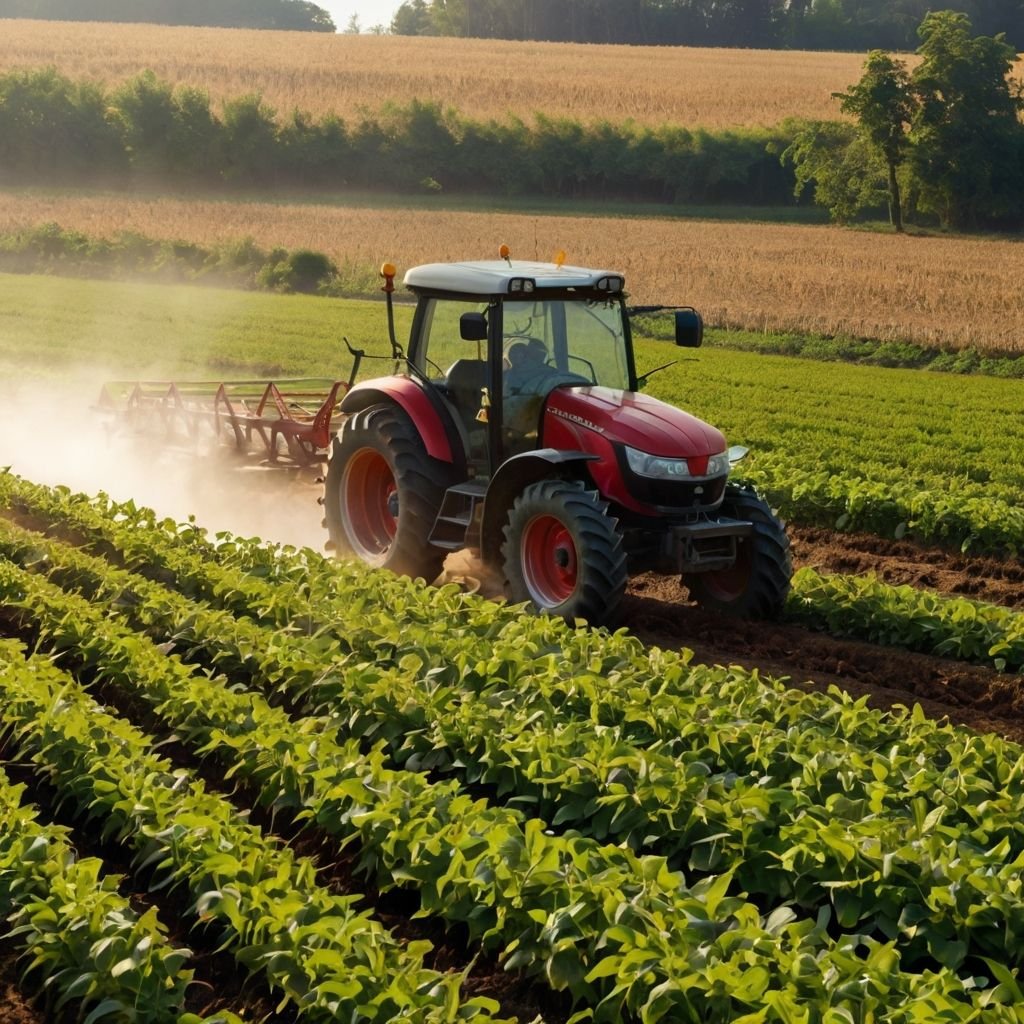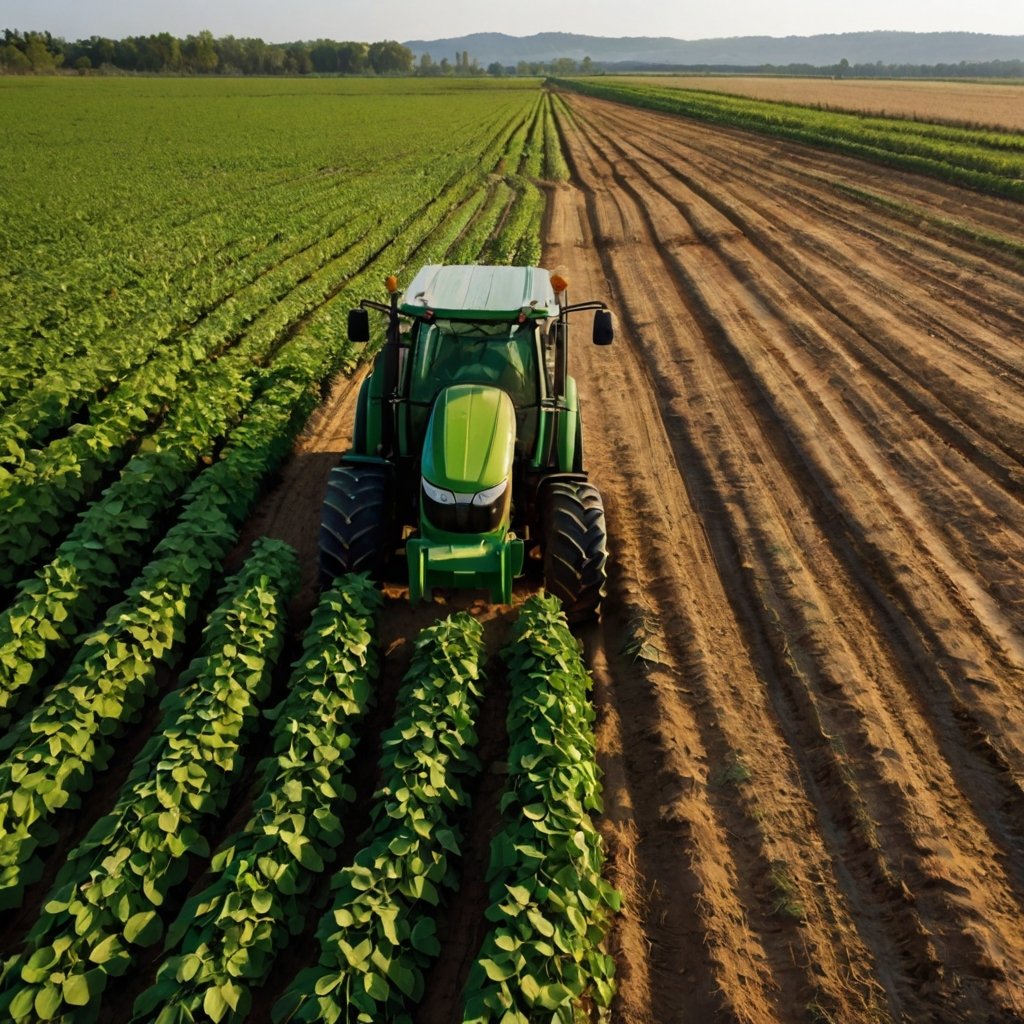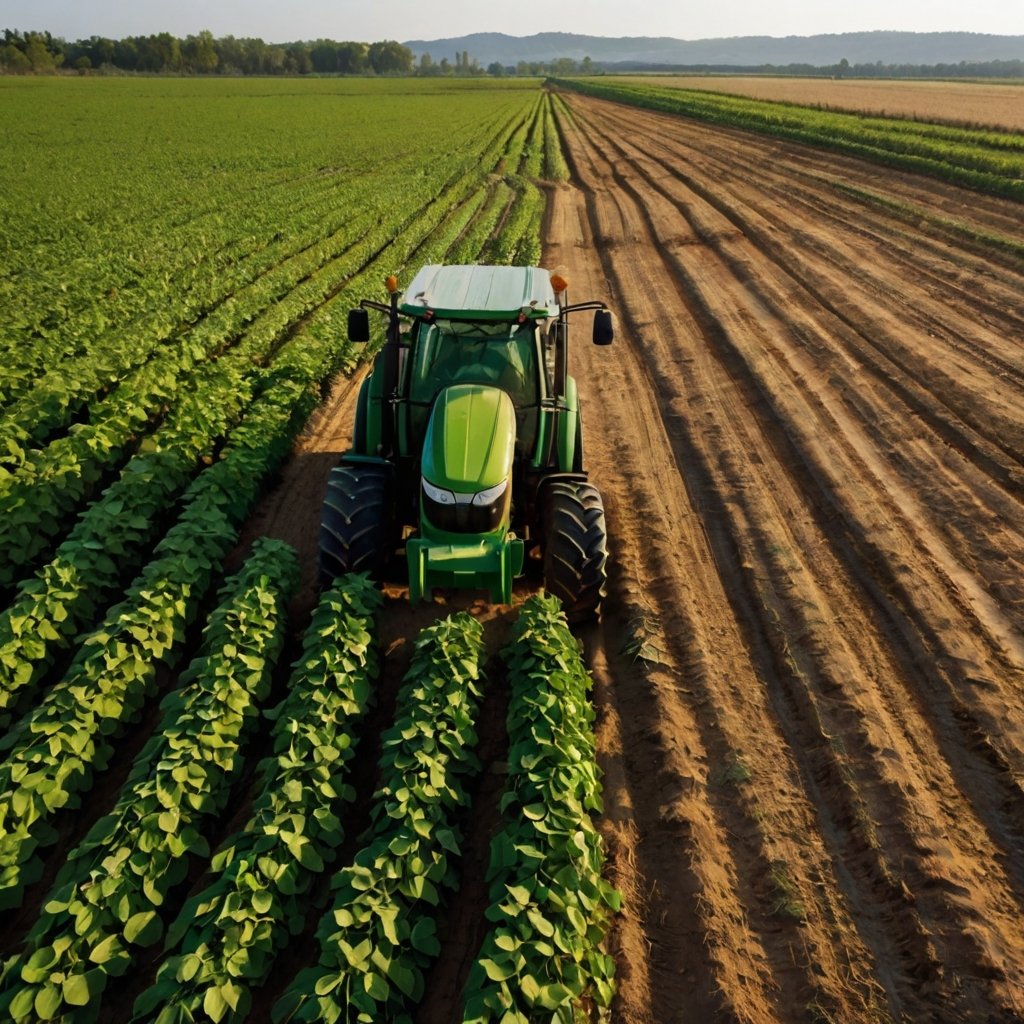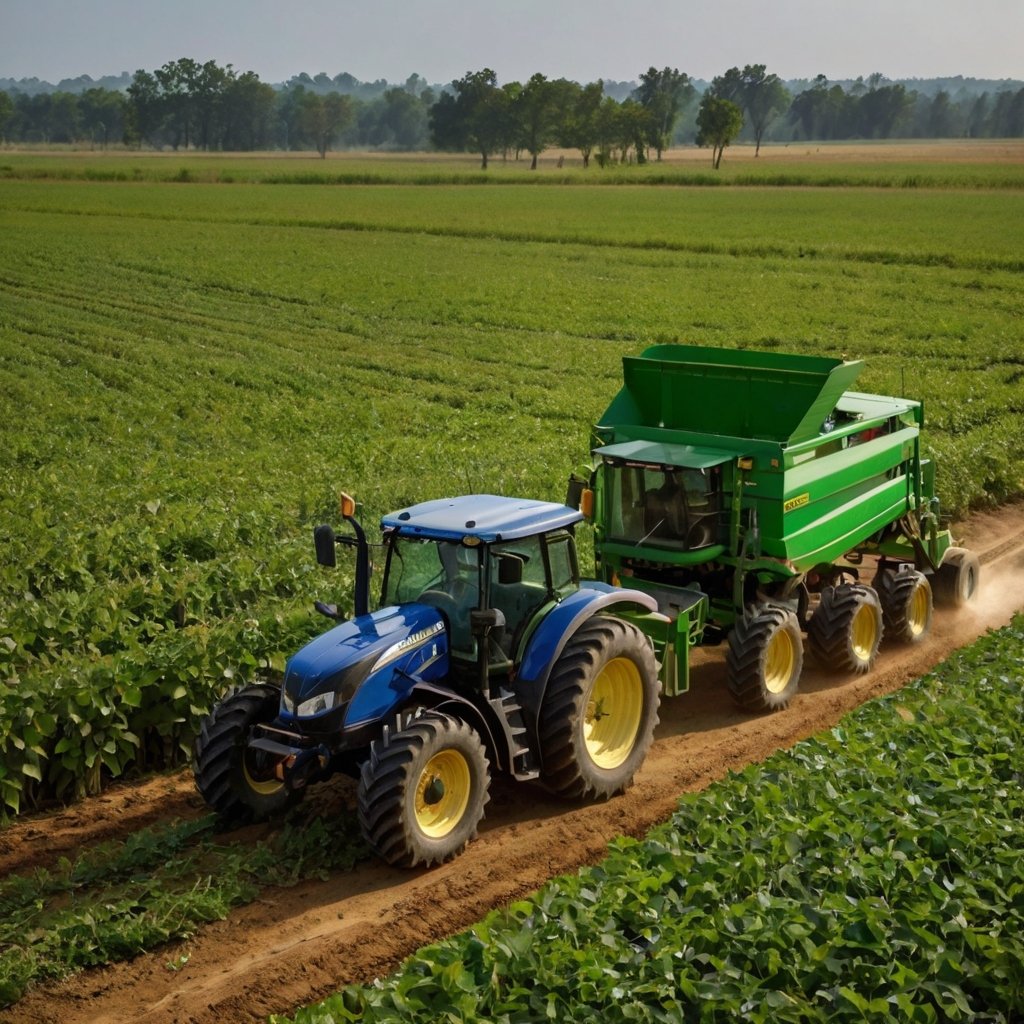
Table of Contents
1. Introduction
Soybean farming has become an integral part of agriculture in India, particularly due to its significant contribution to the food and industrial sectors. As a crop, soybean is valued for its high protein content and versatility in various products, making it a preferred choice for farmers. This post aims to provide a comprehensive guide on soybean farming, including its costs and yield, with a focus on Maharashtra, one of the leading states in soybean production.
2. Understanding Soybean
Soybean (Glycine max) is a leguminous plant known for its edible beans, which are a rich source of protein and oil. It plays a crucial role in food industries, animal feed, and even in biofuel production. Economically, soybeans are vital due to their demand in both domestic and international markets.

3. Climatic and Soil Requirements
Soybean thrives in warm climates with moderate rainfall. The ideal temperature range for soybean growth is between 20°C and 30°C. Well-drained, fertile soils with a pH of 6.0 to 7.5 are suitable for soybean cultivation. Proper soil preparation, including plowing and leveling, is essential for good crop establishment.
4. Varieties of Soybean
Several soybean varieties are cultivated in India, each suited to different climatic and soil conditions. For Maharashtra, some of the best varieties include:
- JS 335: Known for its high yield and disease resistance.
- MAUS 71: Suitable for rainfed conditions and resistant to pod shattering.
- MACS 118: Early maturing variety, ideal for short growing seasons.
5. Step-by-Step Guide to Soybean Farming
Land Preparation
Start with plowing the land to a fine tilth, followed by leveling to ensure proper water distribution.
Seed Selection and Treatment
Select certified seeds of the chosen variety. Treat seeds with fungicides and rhizobium culture to prevent diseases and enhance nitrogen fixation.
Sowing Techniques
Sow seeds at a depth of 4-5 cm with a spacing of 30-45 cm between rows. The ideal sowing time in Maharashtra is from mid-June to July, coinciding with the onset of monsoon.
Irrigation Practices
Soybean requires adequate moisture, especially during flowering and pod formation. Implement irrigation schedules based on soil moisture content.
Fertilizer Application
Apply a balanced dose of fertilizers. Typically, 20-25 kg of Nitrogen, 60-70 kg of Phosphorus, and 20-25 kg of Potassium per hectare are recommended. Organic manures and micronutrients like zinc can also be beneficial.
Pest and Weed Management
Regularly monitor crops for pests such as aphids, pod borers, and diseases like rust and blight. Use appropriate pesticides and integrated pest management practices. Control weeds through manual weeding or herbicides.
Harvesting and Post-Harvest Management
Harvest soybeans when 85-90% of pods have matured, indicated by yellowing and drying of pods. Post-harvest, ensure proper drying and storage to maintain quality and prevent spoilage.

6. Cost of Soybean Farming
Land Preparation: INR 2000-3000 per acre
Seeds: INR 2000-2500 per acre
Fertilizers: INR 3000-4000 per acre
Irrigation: INR 1000-1500 per acre
Labor: INR 5000-6000 per acre
Pest and Weed Control: INR 1000-2000 per acre
Total Cost per Acre: Approximately INR 14,000-19,000
7. Yield of Soybean
The average yield of soybeans in Maharashtra ranges from 10 to 15 quintals per acre. Yield can be influenced by various factors such as seed variety, soil fertility, climatic conditions, and farming practices. By following best practices, farmers can optimize their yield.

8. Market and Economic Viability
The market price for soybeans fluctuates but generally ranges between INR 3000 to 4000 per quintal. With an average yield of 12 quintals per acre and a selling price of INR 3500 per quintal, the gross income can be around INR 42,000 per acre. After deducting the costs, the net profit can be substantial, making soybean farming economically viable.
9. Challenges in Soybean Farming
Farmers often face challenges such as unpredictable weather, pest infestations, and fluctuating market prices. To overcome these, adopting resilient varieties, practicing integrated pest management, and staying updated with market trends are essential.

10. Conclusion
Soybean farming offers promising opportunities due to its high demand and profitability. By choosing the right varieties and following best agricultural practices, farmers in Maharashtra can achieve significant yields and economic returns. As the agricultural landscape evolves, the future of soybean farming looks bright with potential for growth and innovation.
This comprehensive guide aims to support farmers and agricultural enthusiasts in understanding the nuances of soybean farming, ensuring successful cultivation and profitable outcomes.
To know more about various government subsidy for soybean – Click here

Pingback: The Comprehensive Guide to Rice Farming: Everything You Need to Know in 2024 - अपनी सरकार